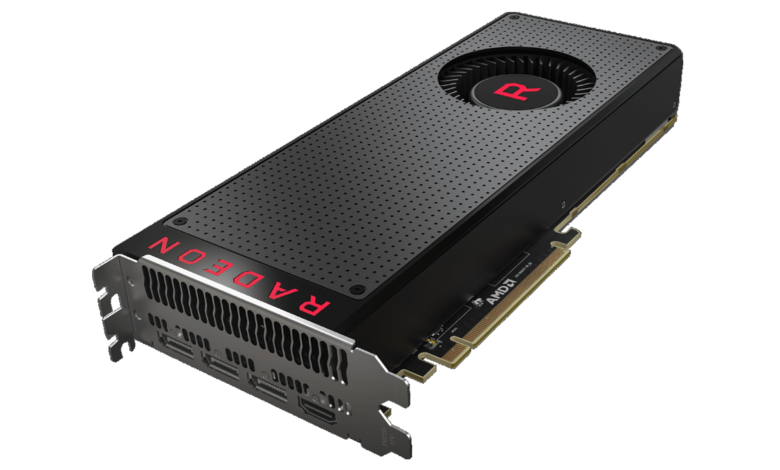The AMD Radeon RX Vega 56 Mobile Graphic Card

The AMD Radeon RX Vega 56 Mobile has a similar GPU to the NVIDIA GTX 1070, but it is more robust and has more CUs. It also has more shaders, with 1792. While we’ve yet to see benchmarks, it should easily keep up with the GTX 1070.
Vega architecture
The AMD Radeon RX Vega 56 Mobile is a dedicated graphics card for laptops. It is based on AMD’s Vega architecture, which uses the second generation of high-bandwidth memory (HBM2). HBM2 features higher data rates and capacities and can now be found in up to eight GB stacks. It also sits directly on the GPU die, making it more energy efficient and smaller than standard graphics chips.
The Vega architecture has several features that make it ideal for gaming, like rapid-packed math. This feature will enable the game to run faster and at a higher frame rate. Moreover, a new programmable geometry pipeline helps to identify polygons that aren’t visible and can be culled.
HBCC
The new High-Bandwidth Cache Controller (HBCC) on the AMD Vega mobile graphic card offers significant improvements for gamers. This technology removes GPU memory capacity limitations and drastically reduces the time it takes to load new data. In addition, this feature helps developers create more detailed worlds in games. It can be turned on and off with a slider in Radeon Settings.
In Wolfenstein II: The New Colossus, AMD’s HBCC and Rapid Packed Math have impressive Vega performance. Both of these technologies provide higher performance than the previous generation Polaris.
AMD Radeon RX Vega 56 Mobile Performance
The AMD Radeon RX Vega 56 mobile graphic card is a powerful performer. This new mobile graphics card can handle demanding games like The Witcher 3 at ultra settings. However, it struggled to reach 60 frames per second in this game at 4K. Despite its lower resolution, the Vega 56 can still deliver excellent results. Its average frame rate of 48fps is above the norm for a 1080p monitor.
The AMD Vega 56 mobile graphic card boasts a High-Bandwidth Cache Controller (HBCC), which is an integral part of the graphics processor. This controller drastically reduces the time it takes to load new data. It may help prevent game stuttering caused by missing assets.
Design
AMD’s Radeon RX Vega 56 mobile graphic card is similar to the RX 480 and 580. It features a black plastic casing with an attractive grid of dots on the back. However, it lacks the sleek design and sleek colors of the Nvidia reference cards. It will cost $399 at launch and compete with the GeForce GTX 1070.
Compatibility information is essential for upgrading or choosing a future computer configuration. The Radeon RX Vega 56 Mobile is compatible with other components in a computer. Information on compatibility includes the size of the notebook, the bus, the type of memory, and the number of shaders. It is worth noting that this product is not fully compatible with laptops that have integrated graphics. This is because these GPUs don’t have dedicated memory and instead rely on system RAM to perform their tasks.
Benchmarks
The AMD Vega 56 Mobile performs similarly to the NVIDIA GTX 1070, the most powerful mobile graphics card on the market. The AMD Vega 56 has a higher number of shaders and 28 CUs, which means it should be able to keep up with the GTX 1070 in most games.
The AMD RX Vega 56 is one of the two new 14nm GPUs from AMD. It is the second-tier offering in the Vega series and never quite competed with the flagship model, the RX Vega 64. Despite its lower spec, the RX Vega 56 competed well with the GTX 1070 but was outshone by the Nvidia GTX 1070 Ti.
The Vega 56 scored a minimum of 119 FPS on Fortnite and achieved a maximum of 174 FPS. It also managed to reach over 100 FPS with overclocked clocks. In Grand Theft Auto 5, the Vega 56 scored a minimum of 65 frames per second and a maximum of 161 FPS. The overclocked version managed to score 152 FPS.
Also read Dell Precision 17 7730 Laptop Review



